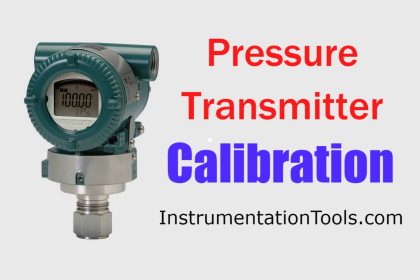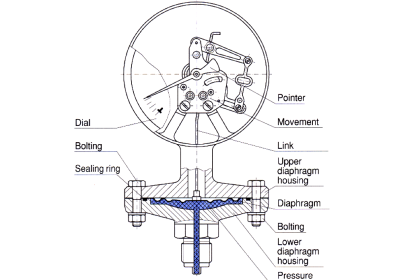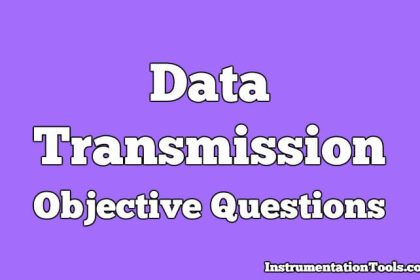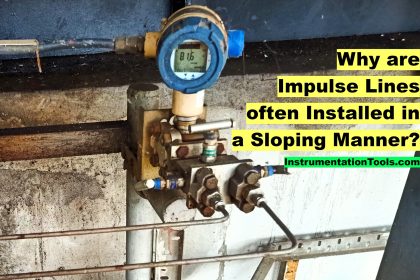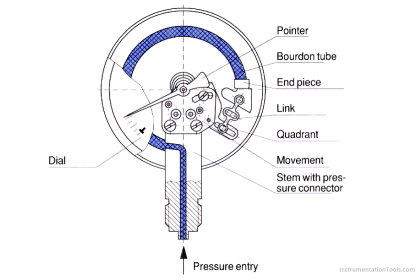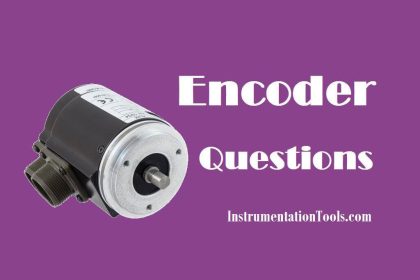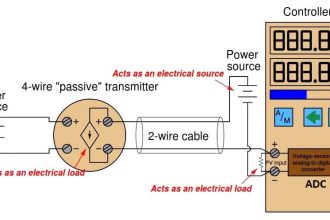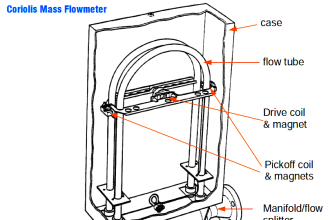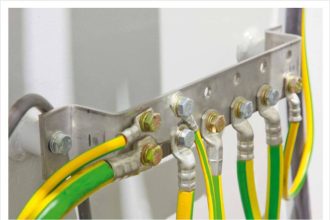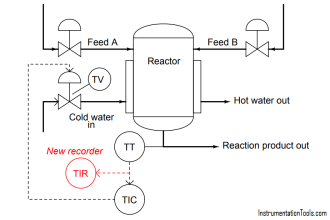Learn about the various pressure gauge accessories questions and answers such as Snubbers, syphons, gauge cocks, overpressure protectors, pulsation dampeners, adapters, fittings, diaphragm seals, pressure gauge isolators, and cooling elements.
Pressure Gauge Accessories Questions
This video provides detailed explanations of pressure gauge accessories questions for instrumentation engineers.
Question 1
What is the primary function of a snubber in a pressure gauge?
A. To seal connections
B. To reduce pressure spikes
C. To prevent backflow
D. To filter contaminants
Show the Answer
To reduce pressure spikes
Question 2
What is the purpose of a pigtail siphon in pressure gauge installations?
A. To cool down the process fluid
B. To prevent direct contact with hot vapors
C. To prevent freezing
D. To absorb vibrations
Show the Answer
To prevent direct contact with hot vapors
Question 3
Why is a gauge saver used in a pressure gauge setup?
A. To protect the gauge from overpressure
B. To measure differential pressure
C. To dampen pulsations
D. To isolate the gauge
Show the Answer
To protect the gauge from overpressure
Question 4
What is the main role of a gauge cock in a pressure gauge assembly?
A. To stabilize pressure
B. To filter the process media
C. To measure flow rate
D. To provide a shut-off mechanism
Show the Answer
To provide a shut-off mechanism
Question 5
How does a pulsation dampener benefit a pressure gauge?
A. It filters out contaminants
B. It stabilizes pressure readings
C. It prevents overpressure
D. It absorbs vibrations
Show the Answer
It stabilizes pressure readings
Question 6
What does a diaphragm seal do in a pressure gauge system?
A. It reduces vibrations
B. It filters process media
C. It isolates the gauge from the process fluid
D. It measures high pressures
Show the Answer
It isolates the gauge from the process fluid
Question 7
What is the function of a magnetic mount in relation to a pressure gauge?
A. To absorb shocks
B. To measure differential pressure
C. To stabilize pressure
D. To provide easy attachment and detachment
Show the Answer
To provide easy attachment and detachment
Question 8
Why is a needle valve important in a pressure gauge setup?
A. To protect against overpressure
B. To regulate and control flow precisely
C. To measure temperature
D. To filter contaminants
Show the Answer
To regulate and control flow precisely
Question 9
How does a swivel adaptor benefit pressure gauge installations?
A. It allows easy orientation adjustment of the gauge
B. It measures flow rate
C. It filters the process media
D. It reduces vibrations
Show the Answer
It allows easy orientation adjustment of the gauge
Question 10
How does an overpressure protector safeguard pressure gauges?
A. By filtering contaminants
B. By isolating the gauge from the process media
C. By sealing off the gauge during overpressure
D. By absorbing shocks
Show the Answer
By sealing off the gauge during overpressure
Question 11
What is a gauge isolator primarily used for?
A. To measure differential pressure
B. To reduce vibrations
C. To regulate flow precisely
D. To isolate the gauge for maintenance
Show the Answer
To isolate the gauge for maintenance
Question 12
What function does a protective cover serve for a pressure gauge?
A. To protect the gauge from physical damage
B. To stabilize the pressure readings
C. To enhance readability
D. To measure high pressures
Show the Answer
To protect the gauge from physical damage
Question 13
Why is a ball valve used in pressure gauge setups?
A. To filter out particulates
B. To measure fluid levels
C. To control the flow with quick operation
D. To dampen pressure fluctuations
Show the Answer
To control the flow with quick operation
Question 14
How does a U siphon protect a pressure gauge?
A. By absorbing vibrations
B. By filtering contaminants
C. By cooling down steam before it reaches the gauge
D. By preventing backflow
Show the Answer
By cooling down steam before it reaches the gauge
Question 15
What is the primary role of a gauge union in pressure gauge installations?
A. To stabilize pressure readings
B. To measure differential pressure
C. To filter process fluids
D. To allow for easy disconnection and reconnection
Show the Answer
To allow for easy disconnection and reconnection
Question 16
What is a panel mounting kit designed to do?
A. To filter out contaminants
B. To measure high pressures
C. To secure gauges onto control panels neatly
D. To absorb shocks and vibrations
Show the Answer
To secure gauges onto control panels neatly
Question 17
What is the primary function of a pulsation dampener in a pressure gauge system?
A. To reduce vibration
B. To smooth out pressure fluctuations
C. To prevent overpressure
D. To isolate the gauge
Show the Answer
To smooth out pressure fluctuations
Question 18
What role does a adaptor play in pressure gauge installations?
A. To measure temperature
B. To dampen pressure spikes
C. To filter out contaminants
D. To connect gauges of different thread sizes
Show the Answer
To connect gauges of different thread sizes
Question 19
Why is a pigtail siphon important in steam applications?
A. To prevent gauge from overheating
B. To stabilize flow rate
C. To measure differential pressure
D. To filter out impurities
Show the Answer
To prevent gauge from overheating
Question 20
What is the use of a cock in pressure gauge systems?
A. To absorb vibrations
B. To measure high pressures
C. To filter contaminants
D. To act as a shut-off valve
Show the Answer
To act as a shut-off valve
Read Next:
- Pressure Gauge Pulsation Damping
- Temperature Sensor Accessories
- Pressure Gauge with Block and Bleed Valve
- Pressure Gauge Calibration Procedure
- Prepare Pressure Gauge Datasheet


